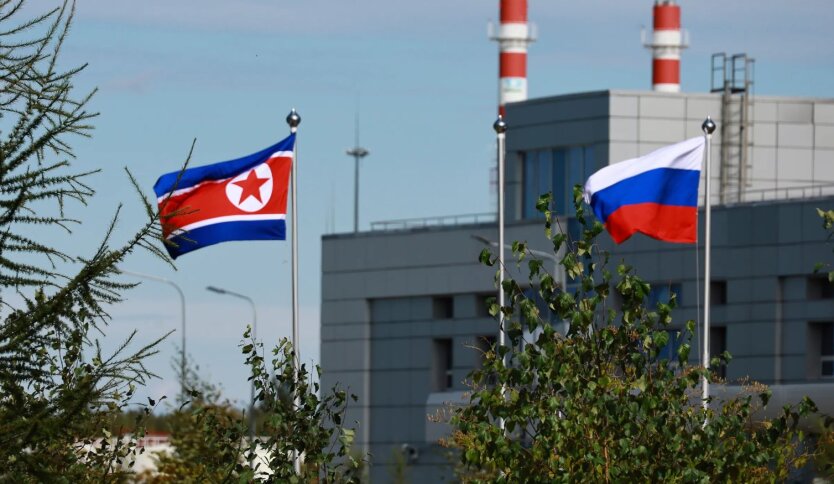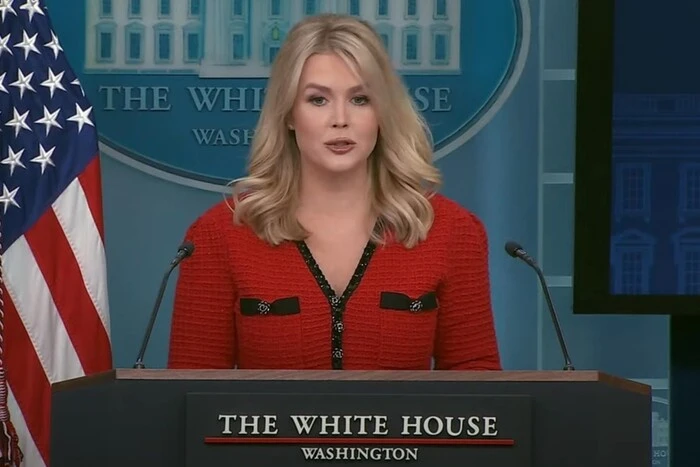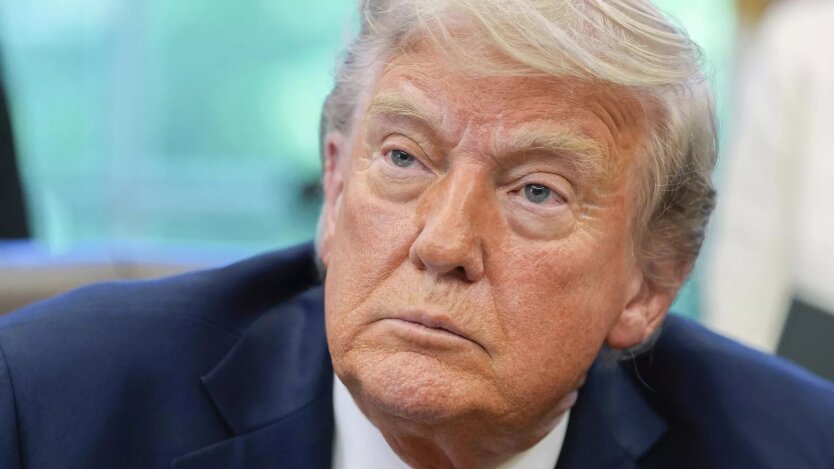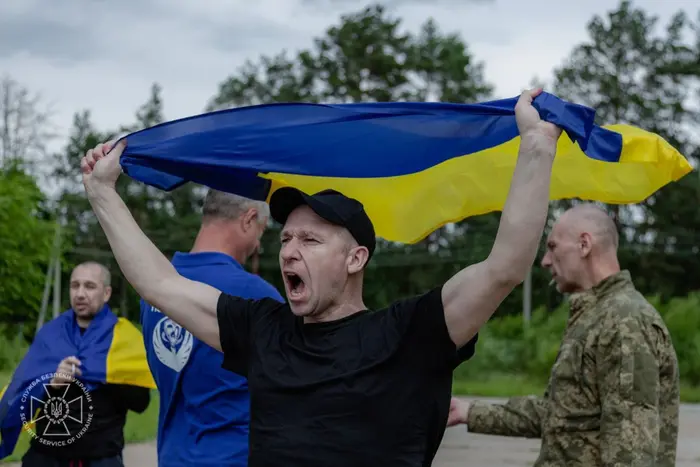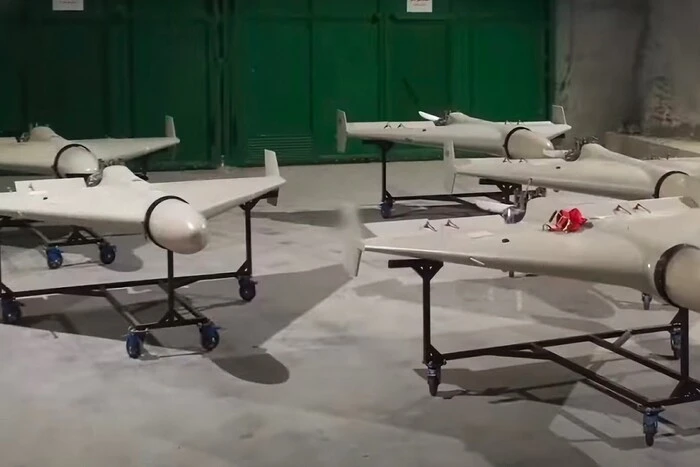U.S. Aid Shortcomings: Can Europe Defend Itself - Media.


The U.S. and the Threat of War in Europe After Trump's Victory
After Donald Trump's victory in the elections and his return to the White House, the threat of war in Europe has increased. NATO allies can no longer rely on full support from the U.S., or possibly any support at all, reports the Financial Times.
French President Emmanuel Macron stated that Europe must not weaken in the face of 'predators' and become a 'herbivorous animal'.
However, currently, the situation in Europe does not match the rhetoric. Defense planning experts even compare the situation to the 1970s, when NATO warned Moscow that it would respond to an attack with nuclear weapons.
'Europeans will have to bear a greater burden of defense. The question is how this process will be carried out,' said a European security official.
The inefficiency of Europe's fragmented defense industry is one of the problems. The lack of scale leads to increased costs and creates logistical issues with supplying ammunition to all NATO member countries.
'European members of the Alliance need to significantly enhance readiness, close critical capability gaps, strengthen defense-industrial bases, and make long-term financial investments in armed forces and defense innovations,' warns the International Institute for Strategic Studies.
Funding is another crucial issue. Although European NATO allies have increased defense spending, they still have not reached the 2% GDP level that was agreed upon.
'If Europe were spending 3-4% of GDP on defense and the Americans made no contributions, it would be at significant risk from Russia,' says a European defense official.
Read also
- North Korea wants to send 25 thousand workers to Russia for the production of 'Shaheds'
- Trump to make a decision on Iran. The White House announced the deadlines
- Trump left the G7 summit due to Zelensky and Macron: FT learned the details
- The SBU presented exclusive photos and videos of the prisoner exchange
- North Korea to send 25 thousand workers to Russia: what does it want in return
- The Ministry of Internal Affairs explained how they identify Russian soldiers among the transferred bodies of the deceased

